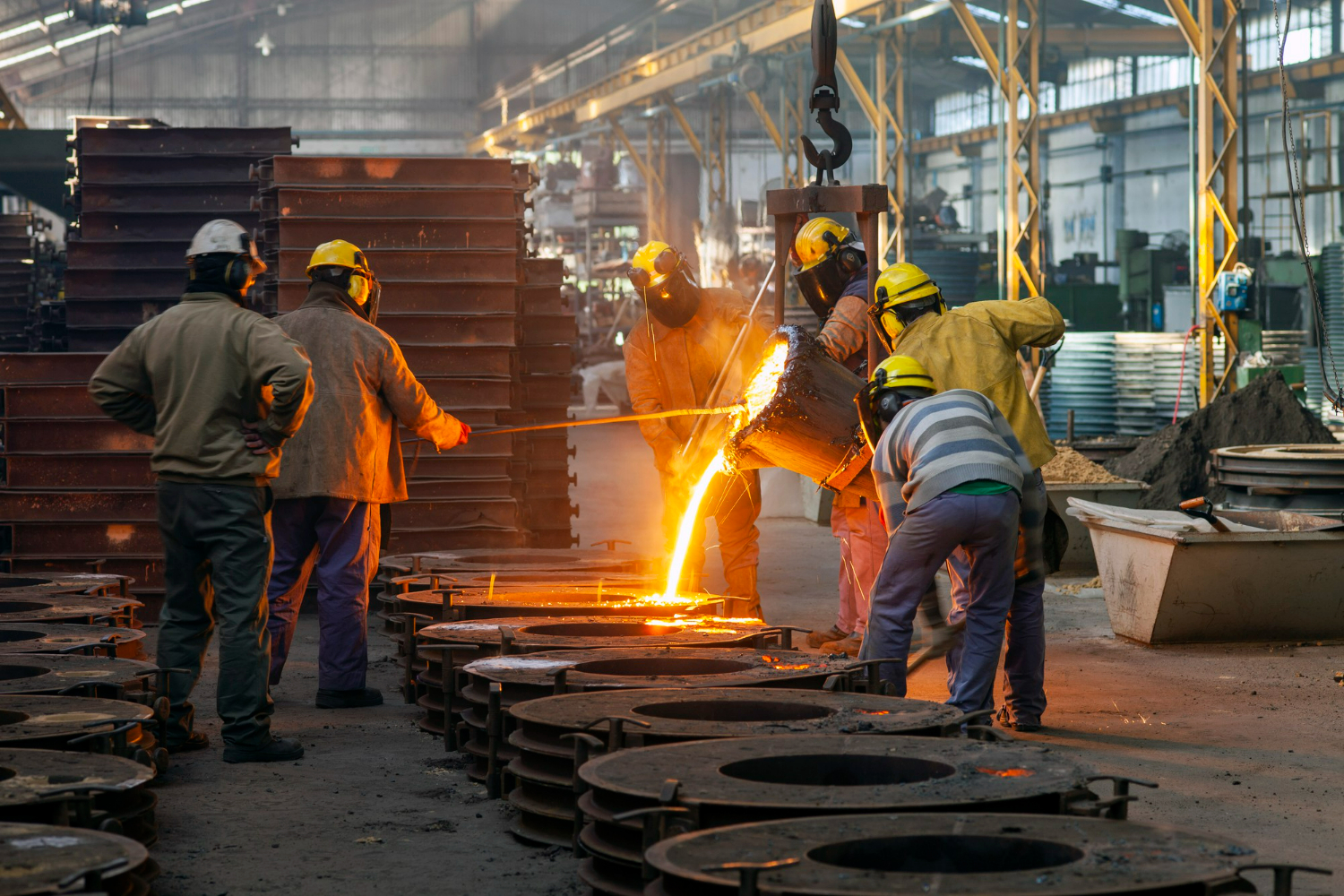About the Client
The client is a prominent player in the aluminum smelting industry, committed to optimizing their production processes and enhancing operational efficiency. Their smelting process involves converting alumina into molten aluminum using carbon anodes, which is a critical step in their manufacturing pipeline.
Problem Statement
The primary objective was to predict the formation of carbon lumps, known as mushrooms or anode spikes, immediately after they form. These spikes significantly impact the smelting process by decreasing current efficiency by about 0.5%, increasing cell voltage by approximately 200 mV, and elevating the average operating temperature. If left unchecked, these anomalies could lead to increased energy consumption, reduced product quality, and higher operational costs. The ability to predict and mitigate these events would enable timely corrective actions, reducing inefficiencies and maintaining smooth operation.
Solution
Valiance Solutions developed a comprehensive approach to tackle this problem by implementing advanced data collection, analysis, and predictive modeling techniques:
Data Collection & Analysis:
- We collected extensive data from the smelting pots and recorded mushroom events. The data was compiled in two primary formats: daily averages documented in Excel sheets and raw sensor data captured at various frequencies. This comprehensive data set allowed for a detailed analysis of 42 critical parameters that influence the formation of mushrooms.
- Pots were clustered into groups based on these parameters to facilitate a more focused analysis. This clustering helped identify patterns and correlations between different parameters and mushroom formation events.
Predictive Modeling:
- An Isolation Forest model, known for its effectiveness in anomaly detection, was employed to predict the likelihood of mushroom events. Historical data on mushroom occurrences was analyzed to understand the conditions that lead to their formation.
- The model was trained using this historical data, focusing on the performance data from the previous 24 hours. This training enabled the model to predict the risk of mushroom formation with high accuracy. The system provided a daily risk assessment, identifying the top 10 pots with the highest likelihood of forming mushrooms.
Real-Time Dashboard:
- To facilitate real-time monitoring and quick decision-making, a comprehensive dashboard was developed. This dashboard displayed the anomaly scores and highlighted the top risk pots.
- Predictions were recorded in Excel for easy verification and cross-referencing by the process team. This transparency ensured that the model’s predictions could be validated and acted upon promptly.
Outcome
- Improved Operational Efficiency: The ability to predict mushroom formation allowed the client to make timely adjustments, preventing the continued use of pots with defective anodes. This proactive approach maintained the optimal thermal and electrical balance, thereby enhancing overall operational efficiency.
- Enhanced Current Efficiency: By mitigating the conditions that lead to mushroom formation, the client is expected to achieve a substantial savings of nearly $240k per year even with a 0.1% improvement in current efficiency.
- Cost Savings & Recycling: The early identification and removal of defective anodes not only prevented inefficient energy consumption but also facilitated the recycling of carbon anodes. This recycling process reduced the amount of carbon required for manufacturing, contributing to cost savings and environmental sustainability.
This case study exemplifies Valiance Solutions’ expertise in leveraging advanced data analytics and predictive modeling to solve complex operational challenges. By integrating real-time monitoring and predictive capabilities, we enabled the client to significantly enhance their production efficiency and cost-effectiveness. This successful implementation underscores our commitment to delivering innovative, data-driven solutions tailored to the unique needs of our clients in the smelting industry.






